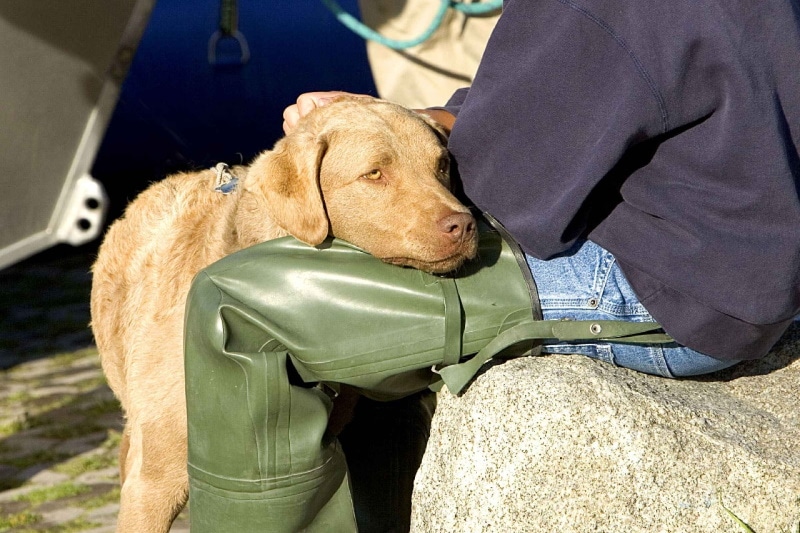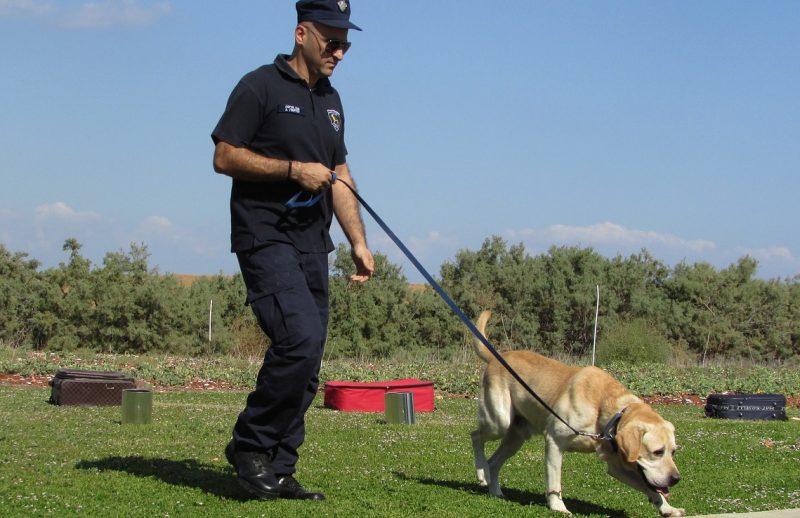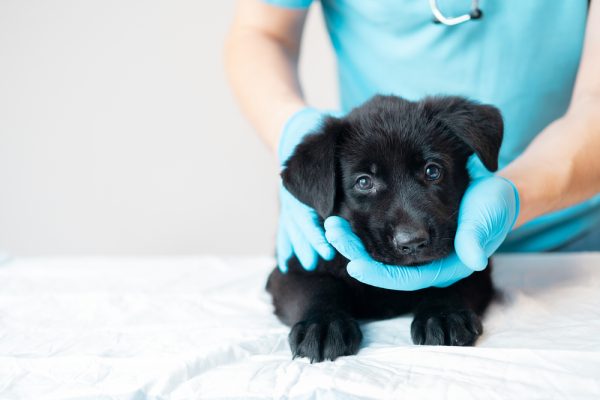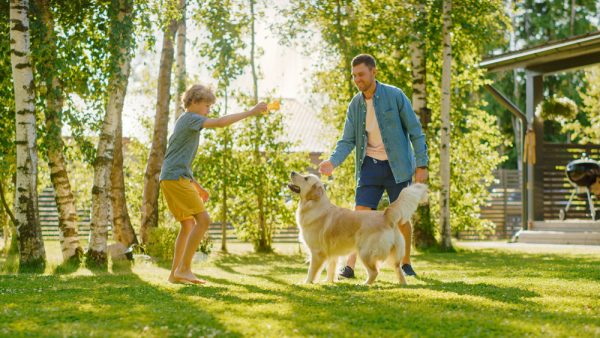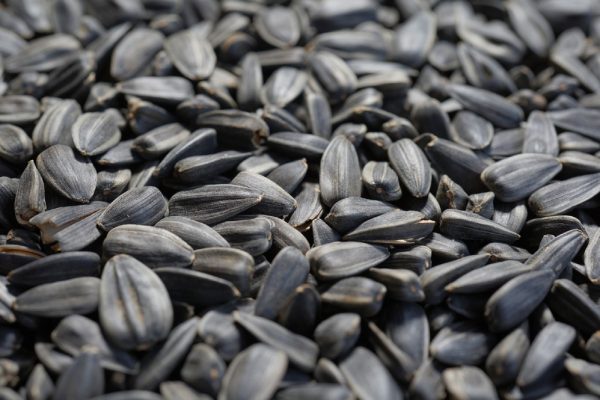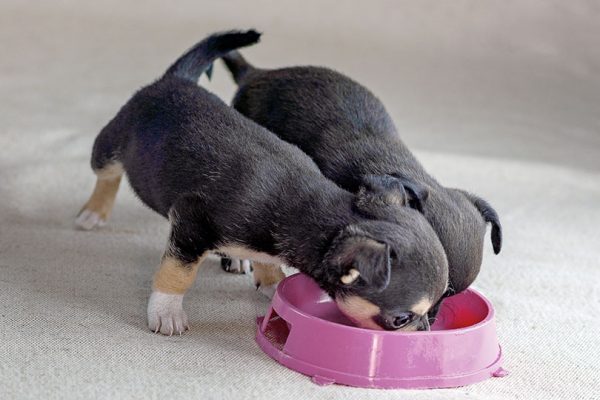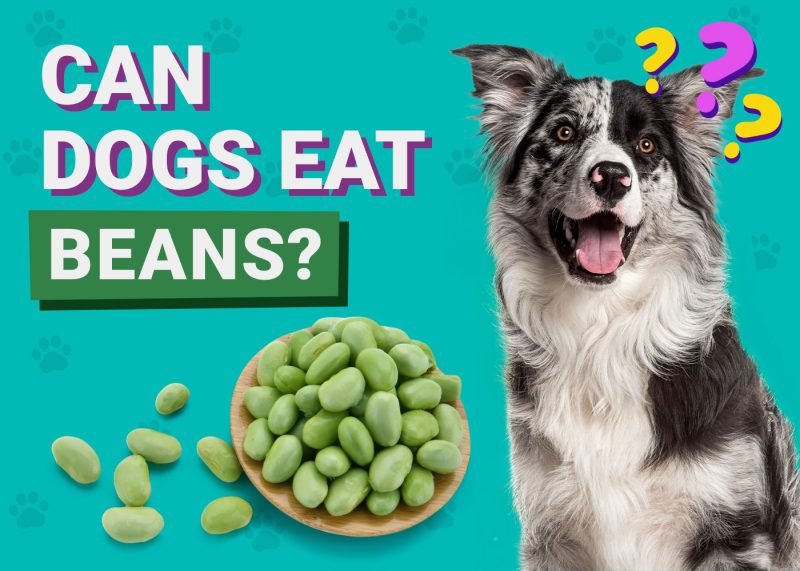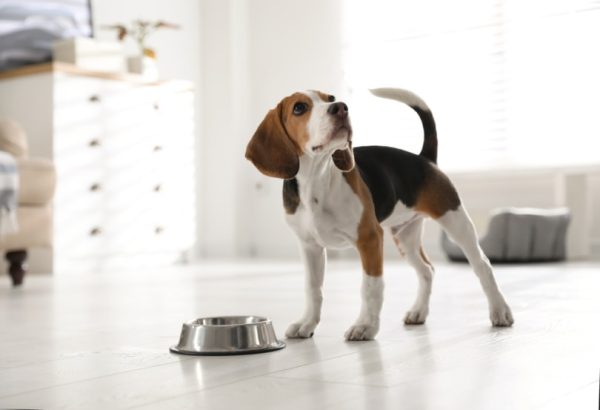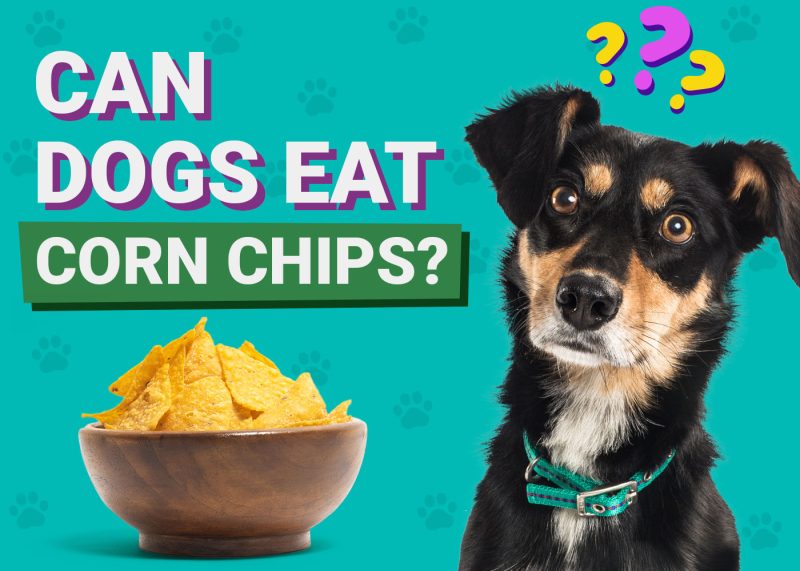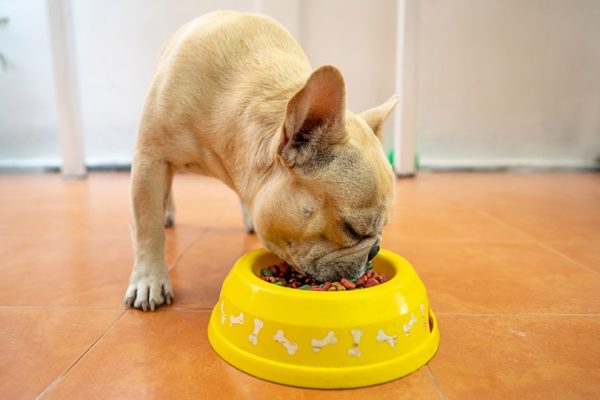In this article
There’s nothing quite as embarrassing as a dog running up and shoving its nose directly into your downstairs. Maybe it’s their way of greeting, but it feels downright invasive. Have you ever wondered what the real reason dogs do this is?
While sniffing crotches may be an appropriate greeting in the canine world, it tends to make us humans feel awkward and embarrassed. Understanding this behavior involves looking at a dog’s amazing sense of smell and their instincts.
Here are four reasons dogs are drawn to sniffing crotches and some ways to manage and redirect the behavior if it’s causing problems!

Dogs Have an Amazing Sense of Smell
Dogs trump us hand over fist in the smell department. A canine can pick up scent like a real champ. It’s estimated that dogs can smell at least 1,000 times better than humans. For every scent receptor we have, dogs have around 50—if that tells you anything.In addition, the part of a dog’s brain that analyzes smells is also 40 times larger than ours.
Dogs also have a secondary olfactory system called the vomeronasal or Jacobson’s organ, which is found in a dog’s nasal cavity and opens into the roof of the mouth behind the upper incisors.
So, when dogs start sniffing down yonder, here’s what they’re doing.
The 4 Reasons that Dogs Sniff Crotches
1. Natural Instincts
Crotch sniffing is almost second nature to most canines. They sniff each other—and every other species they encounter. Not only can your dog sniff crotches, but they use this to uncover information about anything they encounter. Dogs display neophilia, which is a trait that means they love to sniff out new and interesting odors.
Think about it. What’s the first thing you let your dog do when they are around or come in contact with something new? You let them sniff it out, of course. This is how they familiarize themselves with the unknown—and it’s perfectly okay.
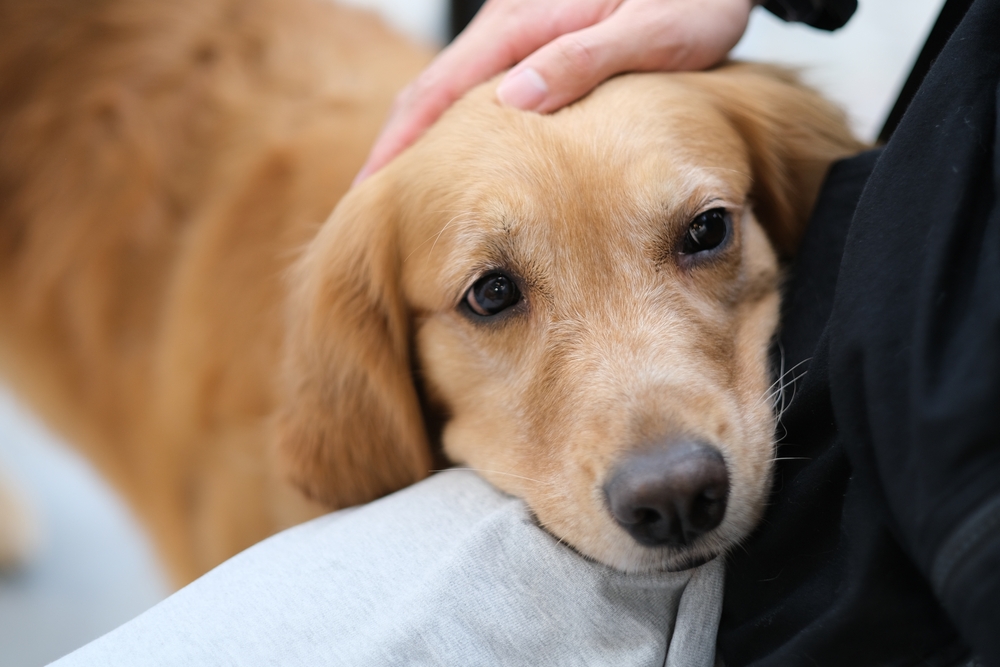
2. Greeting Company
The inhalation of private parts can be a big hello from your dog. Since this is the way they meet each other, it isn’t a far stretch to think this behavior also extends toward their human friends—both new and old.
Really what this says is, “Hello, I’d like to get to know you.” Is this the most mannerly way to request an in-depth relationship with a person? Probably not for you, but for them—it’s another story.
3. Seeking Information
Dogs are typically drawn to sniffing areas where they can get the most information. Apocrine glands, that produce sweat, are most abundant in our genital and anal areas, as well as our armpits. For most medium and large breeds of dog, crotches are just at nose height and so are an easy area to sniff!
Dogs can detect changes in human scent related to hormone and stress levels, for example dogs can pick up the scent changes relating to women who are menstruating or pregnant.
Medical detection dogs are even trained to sniff out medical conditions, like types of cancer and Parkinson’s, by detecting certain scents. This demonstrates just how finely tuned their sense of smell is and how much information they can gather through sniffing crotches.
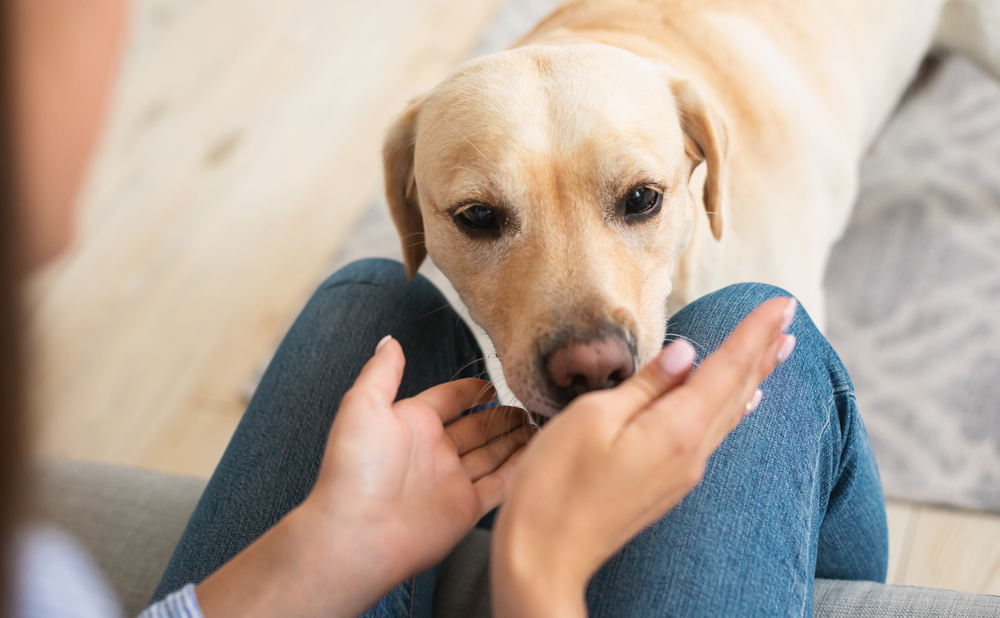
4. Picking Up on Pheromones
Pheromones are chemical signals that many animals release to communicate with other members of their species. They are typically only detectable within their own species but due to the dog’s powerful scent receptors they can detect human pheromones. This is likely one of the reasons your dog seems to know what you’re feeling.
Pheromones are likely released in all bodily fluids but the highest concentration in humans is typically in the groin and armpits from the apocrine glands.

Preventing Crotch Sniffing
Ultimately, if the sniffing of crotches is making you uncomfortable, you can channel and redirect this behavior.
- Teach your dog to sit on cue. We all know dogs are food-driven—use this to your advantage; training your dog to sit down when meeting new people and creating a strong history of big rewards associated with this behavior can help prevent your dog from going straight to crotch sniffing. Then you can use this command in scenarios or situations when you can predict the undesired behavior.
- Reward your dog for sniffing more suitable body parts. Your dog will still want to sniff new people to gain information about them. Offer treats when they sniff hands or legs instead of the crotch.
- Seek advice from a professional. If the behavior is persistent and problematic, consult with a veterinarian, professional dog trainer, or behaviorist to find strategies that will help.
If you need to speak with a vet but can't get to one, head over to PangoVet. It's an online service where you can talk to a vet online and get the personalized advice you need for your pet — all at an affordable price!


Conclusion
At the end of the day, it’s all about information. Your dog uses their heightened sense of smell to gather knowledge about their surroundings and people. Consider it fair, since we have many capabilities our canine friends don’t possess. Dogs can gather more information about a person from their crotch, than from most other parts of their body.
But if a nose up the middle isn’t how you want your furry buddy to say hello, you can redirect this behavior by teaching an alternative greeting using positive reinforcement.
Featured Image Credit: Jumpstory
